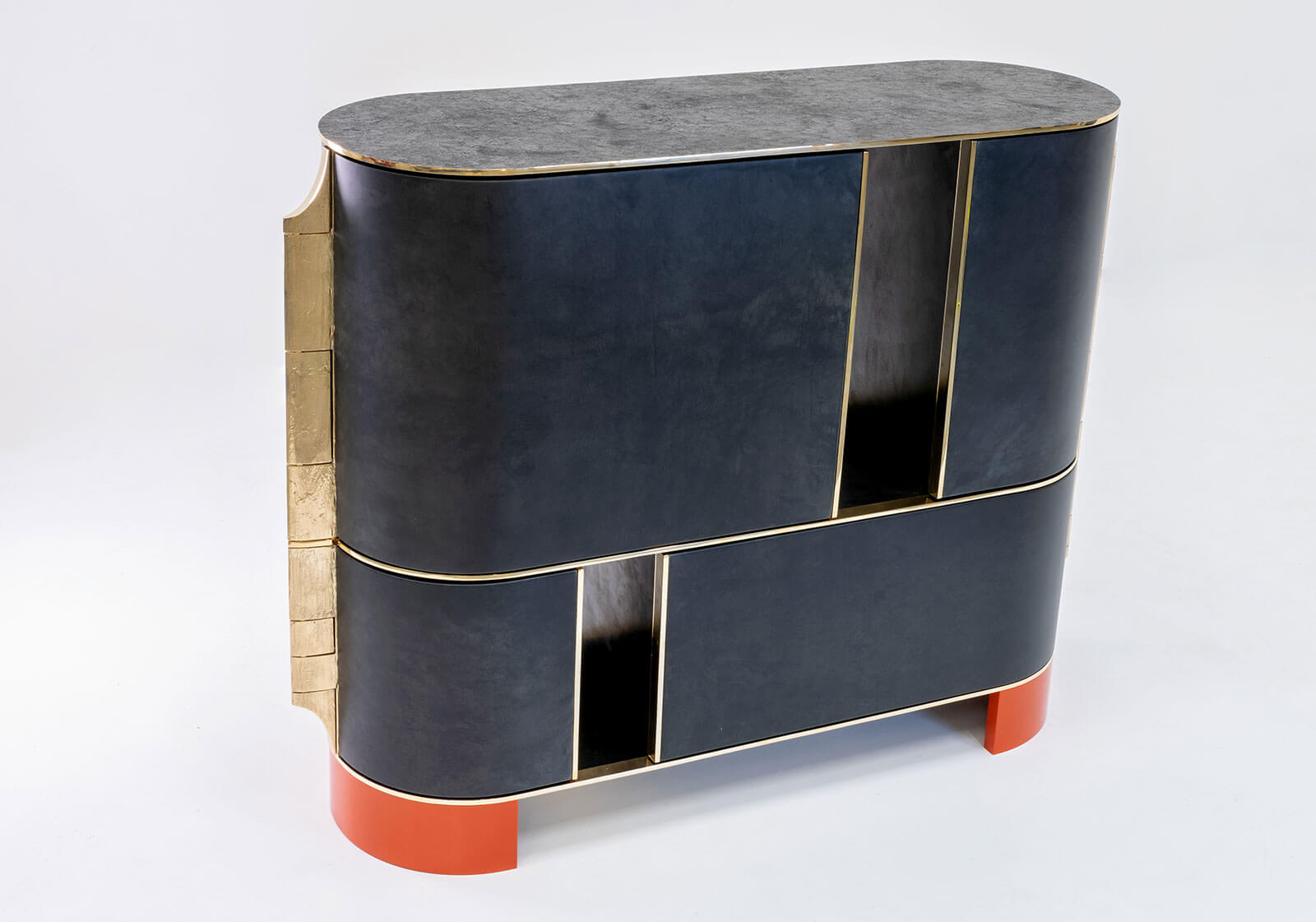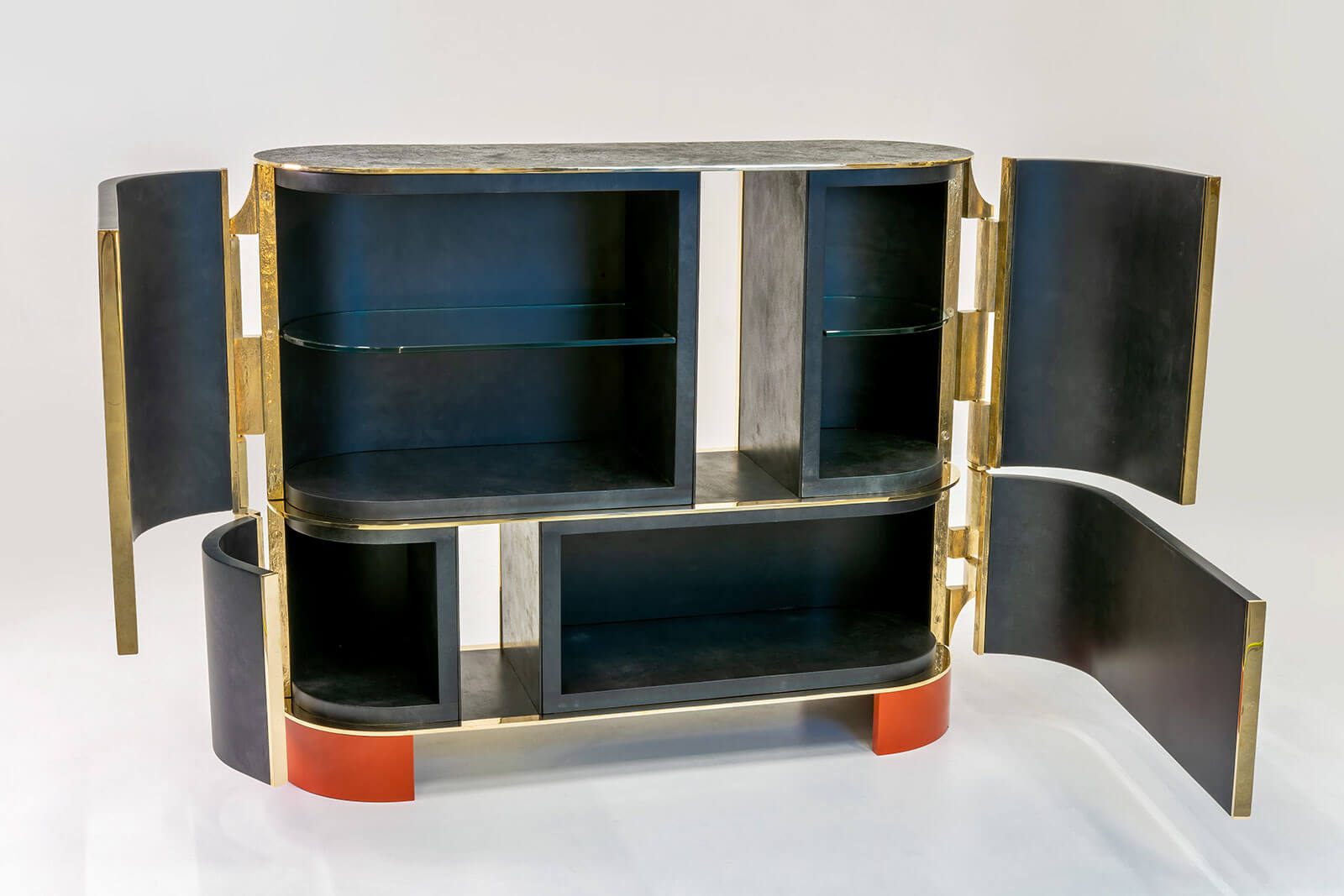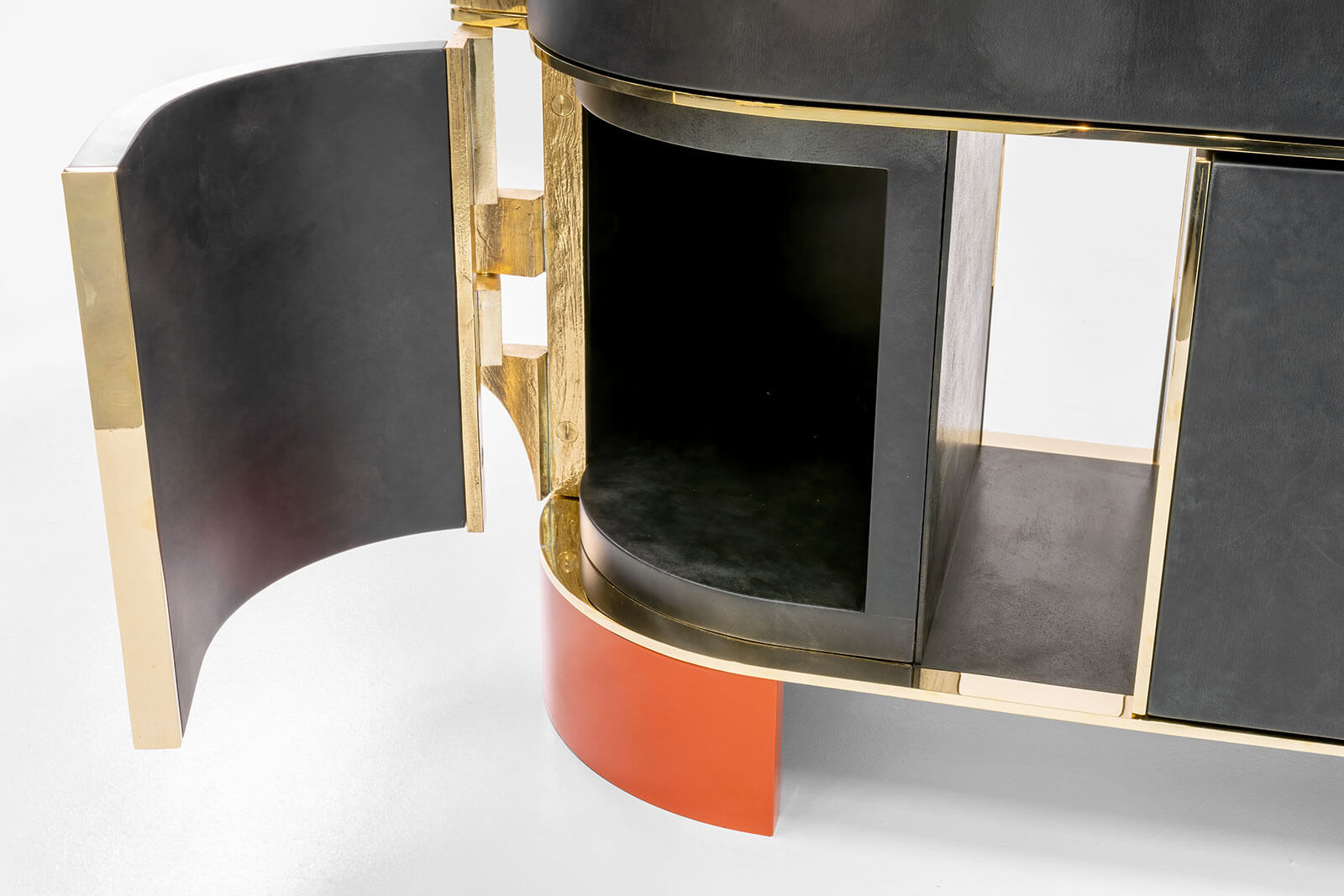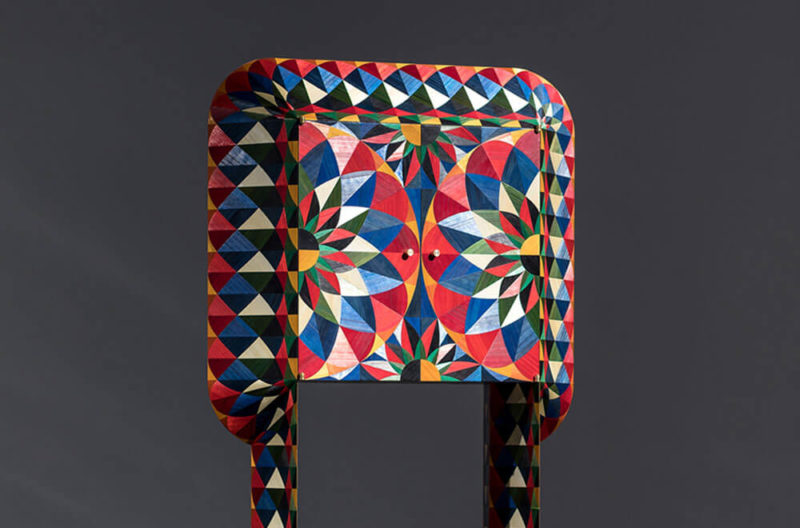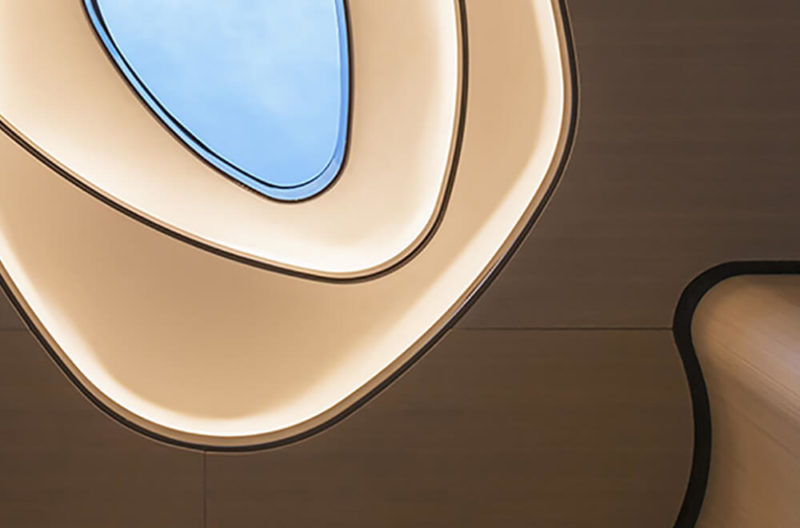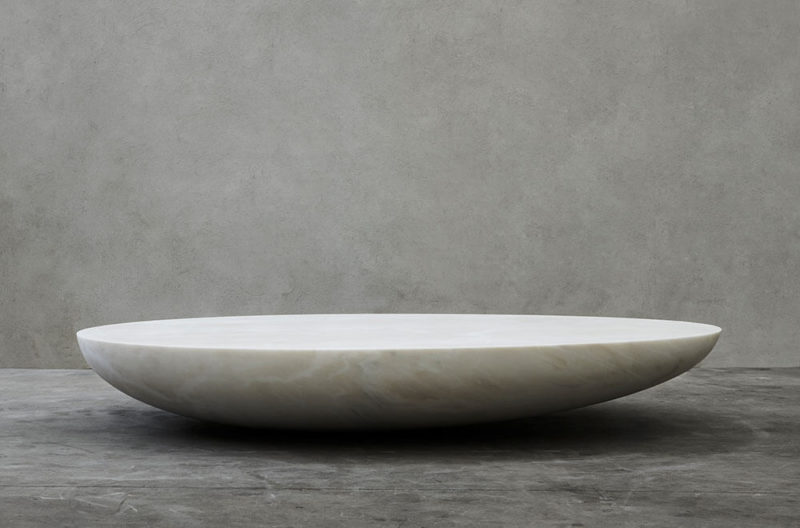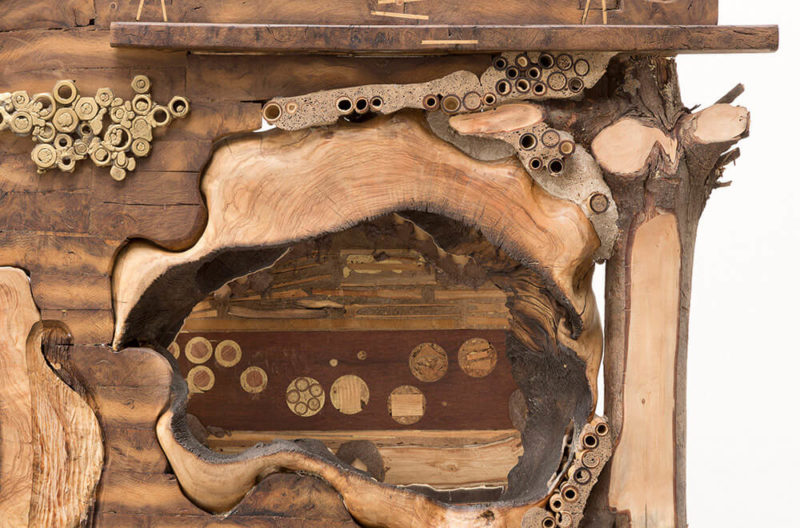‘Indore’ cabinet, 2020
Achille Salvagni
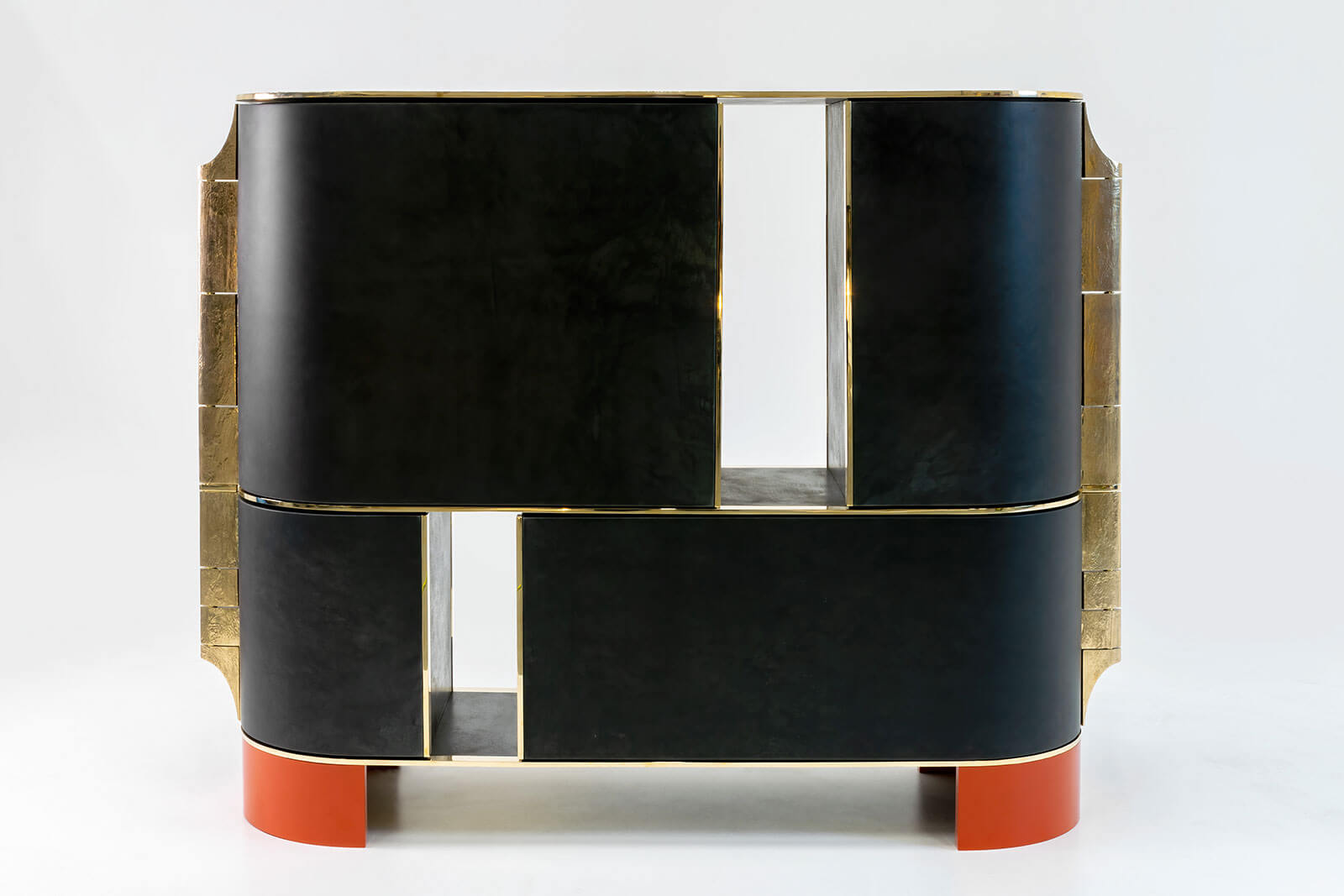
Achille Salvagni, ‘Indore’ cabinet, 2020
COURTESY: Achille Salvagni
ONE OF THE delights of newly opened London has been the opportunity to revisit Achille Salvagni’s new atelier on Grafton Street. Completed in 2020, it has been shuttered since the New Year. The teams of artisans in Rome who work with the Italian designer have, however, kept busy throughout lockdown. Among the new pieces to grace the gallery is this beautiful bar cabinet.
Salvagni is known for the suave elegance of his designs, the eclecticism of his influences and his use of luxurious materials like marble, bronze, parchment and lacquer. From a child, growing up in Rome, he was deeply influenced by the city’s classical ruins, but also by pioneers of modern design, in its many guises, such as the Finnish architect, Alvar Aalto, the Italian architect and designer Gio Ponti, the playful French designer Jean Royère and that epitome of refined Art Deco, Jules Leleu.
It is from Art Deco that this cabinet springs. Its form derives from a cigarette case Salvagni discovered in the collection of the last Holkar Maharaja of Indore. Yashwant Rao Holkar II (who reigned between 1926–1948) ruled Indore state until shortly after India’s independence in 1947, when he acceded to the Union of India, and the title was abolished. Indore became a district of Madhya Bharat state, which was merged into Madhya Pradesh state in 1956. But Yashwant Rao Holkar II is primarily famous as a passionate and generous patron of the Art Deco movement.
Educated at the British public school Charterhouse and Oxford University, in a painting from 1929 he is depicted in evening wear, with white tie, stiff collar, black tuxedo and a theatrical black and white cape, his hair slicked back, an epitome of 1920s European elegance. Introduced to modern art at Oxford by a francophone tutor, he travelled frequently to Europe, in the company of the German modern architect Eckart Muthesius, and French artistic advisor and writer Henri-Pierre Roché. In 1929, on one such trip to Paris, he met Jacques Doucet, a well-known French couturier and collector of the era, who introduced him to the furniture of Eileen Gray and Émile-Jacques Ruhlmann. It was this encounter that inspired him to invite Muthesius to build the Manik Bagh (“Jewel Garden”) palace in Indore, a unique blend of Bauhaus architecture and Art Deco furniture. Every detail was designed and created in Europe from figures including Ruhlmann, Le Corbusier, Gray and Brancusi. Here, he and his wife, Sanyogita Devi, created what is considered to be one of the world’s most important private collections of Modernist furniture and decorative arts.
This cabinet is thus a homage both to a man and to a style. Scaled up from a cigarette case, finished in bronze, parchment and lacquer, with its dramatic colours, it manages to look both exotic and European – to nod admiringly to the past while expressing a contemporary wit that makes it at home today.
-
Achille Salvagni, ‘Indore’ cabinet, 2020
COURTESY: Achille Salvagni
-
Achille Salvagni, ‘Indore’ cabinet, 2020
COURTESY: Achille Salvagni
-
Achille Salvagni, ‘Indore’ cabinet, 2020 (detail)
COURTESY: Achille Salvagni
